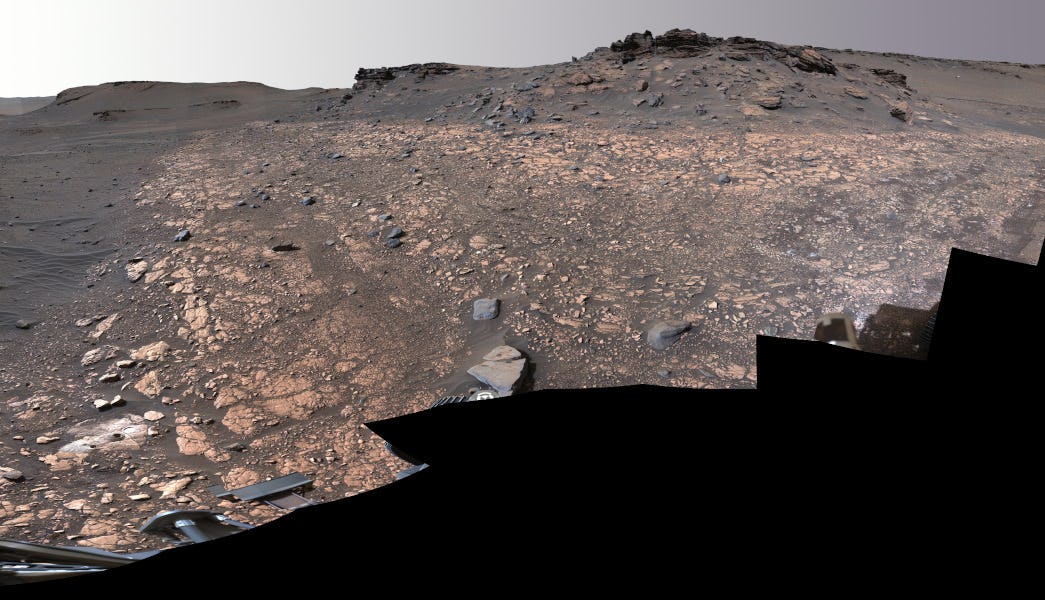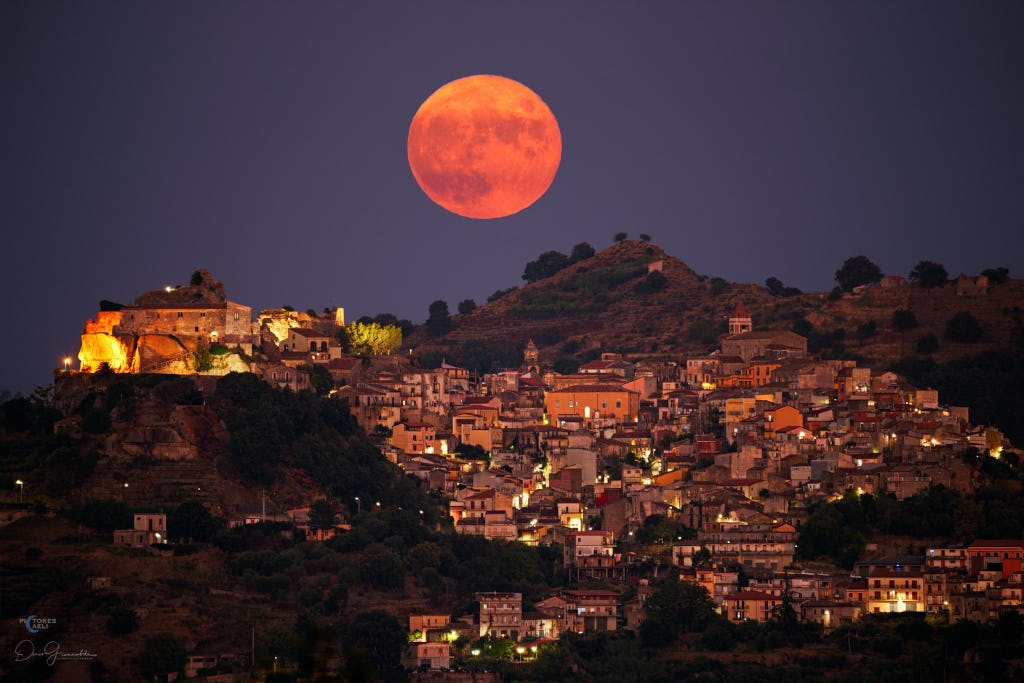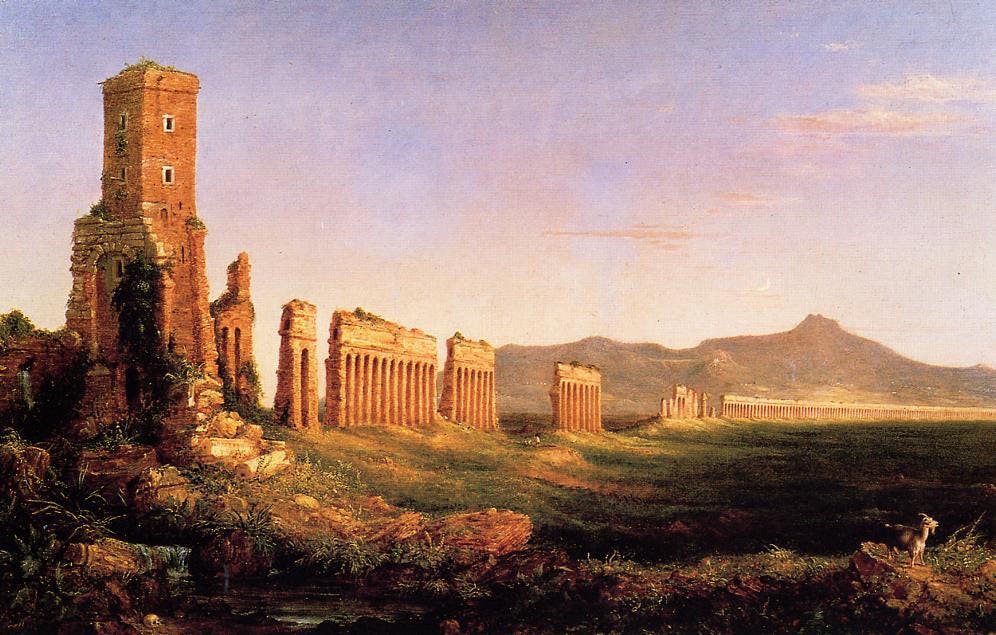It matters not,
she doesn't know
my name,
or calls me Joe,
the name of
our oldest son
She professes her love,
every day.
Works for me
as she is happy.
Public Posts Bellevue, WA Bellevue, WA (zoom)
Sadness abounds,
to this observer,
who sees lovely people,
at differing levels
of mental acuity.
During a life's journey,
so many stories
for one to hear
and appreciate.
So little time.
NASA Astronomy Picture of the Day:
The Perseverance rover's Mastcam-Z captured images to create this mosaic on August 4, 2022. The car-sized robot was continuing its exploration of the fan-shaped delta of a river that, billions of years ago, flowed into Jezero Crater on Mars. Sedimentary rocks preserved in Jezero's delta are considered one of the best places on Mars to search for potential signs of ancient microbial life and sites recently sampled by the rover, dubbed Wildcat Ridge and Skinner Ridge, are at lower left and upper right in the frame. The samples taken from these areas were sealed inside ultra-clean sample tubes, ultimately intended for return to Earth by future missions. Starting with the Pathfinder Mission and Mars Global Surveyor in 1997, the last 25 years of a continuous robotic exploration of the Red Planet has included orbiters, landers, rovers, and a helicopter from planet Earth
Kids are naturally curious. But various forces in the environment can dampen their curiosity over time. Can anything be done to keep kids’ curiosity alive? Read more
Flat the water
like mirrored glass.
Slow the water,
Not moving fast.
Gone from my heart
With memories still,
Laying in my soul,
Always they will.
NASA Astronomy Picture of the Day:
The Tarantula Nebula, also known as 30 Doradus, is more than a thousand light-years in diameter, a giant star forming region within nearby satellite galaxy the Large Magellanic Cloud. About 180 thousand light-years away, it's the largest, most violent star forming region known in the whole Local Group of galaxies. The cosmic arachnid sprawls across this magnificent view, an assembly of image data from large space- and ground-based telescopes. Within the Tarantula (NGC 2070), intense radiation, stellar winds, and supernova shocks from the central young cluster of massive stars cataloged as R136 energize the nebular glow and shape the spidery filaments. Around the Tarantula are other star forming regions with young star clusters, filaments, and blown-out bubble-shaped clouds. In fact, the frame includes the site of the closest supernova in modern times, SN 1987A, at lower right. The rich field of view spans about 2 degrees or 4 full moons, in the southern constellation Dorado. But were the Tarantula Nebula closer, say 1,500 light-years distant like the Milky Way's own star forming Orion Nebula, it would take up half the sky.
Photo by Robert Gendler
Being polite,
does your dog bite?
are words seldom
used today.
Singing a song
and getting along,
seem to be
an impossible task,
or never occurring
on this day.
Is it too hard
for all to say, Please,
when it's something
we need
or should we just,
go away.
Away to a land,
not noble or grand,
where no one still says,
"I love thee."
Boldly the wind
rattled the trees.
Bending, not breaking,
now dropping leaves.
Wind Pushing
Wind, pushing softly
across meadow and tree.
Warmth of the Sun
is now refreshing me.
Go I slowly, searching,
constantly searching for thee,
to live our lives together.
It is important to me.
NASA Astronomy Picture of the Day:
For northern hemisphere dwellers, September's Full Moon was the Harvest Moon. Reflecting warm hues at sunset it rises over the historic town of Castiglione di Sicilia in this telephoto view from September 9. Famed in festival, story, and song Harvest Moon is just the traditional name of the full moon nearest the autumnal equinox. According to lore the name is a fitting one. Despite the diminishing daylight hours as the growing season drew to a close, farmers could harvest crops by the light of a full moon shining on from dusk to dawn. Harvest Full Moon 2022: Notable Submissions to APOD
Photo by Dario Giannobile
A Firey morning,
Sun ablaze,
Glowing red,
Smokey haze.
Thomas Cole (1801 -1848) Born in Lancashire, England. He immigrated with his family to the United States in 1818, He was known for his landscape and romantic portrayal of the American wilderness. He is regarded as the founder of the Hudson River School, an American art movement that flourished in the mid-19th century. Wikipedia
Image is in the public domain








.jpg?fit=crop&w=280&h=280&q=93)







.jpg?fit=crop&w=200&h=200&crop=faces)



.jpg?fit=crop&w=200&h=200&crop=faces)


 - Copy.jpg?fit=crop&w=280&h=280&q=93)














